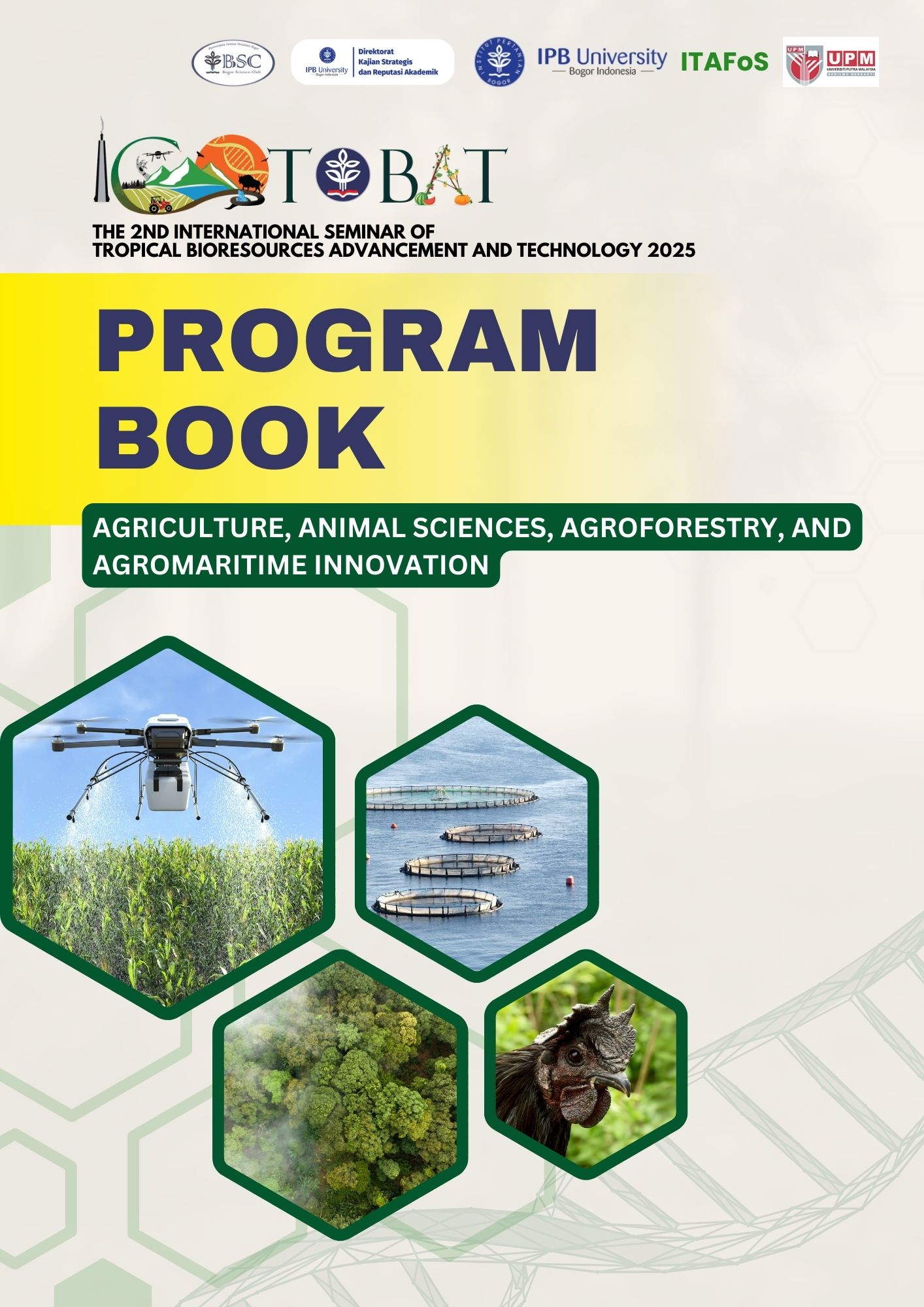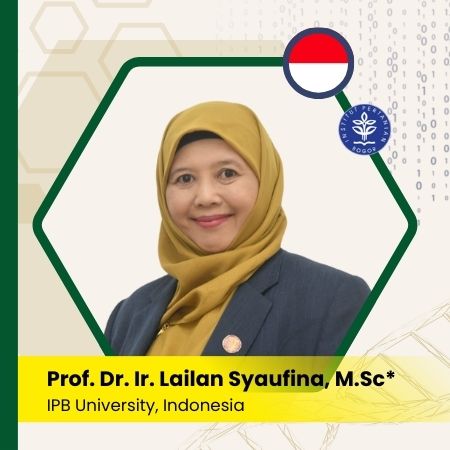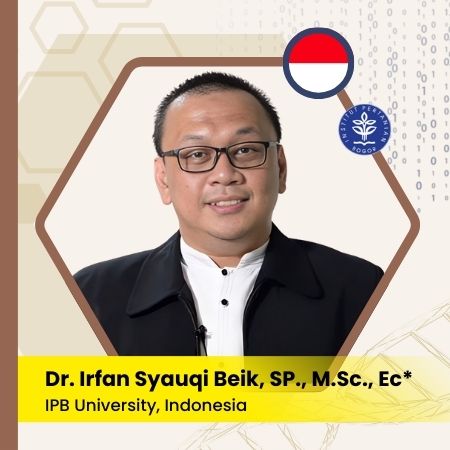Optimizing Digital Capture Fisheries Data Collection: A Case Study from Pangandaran Regency
Will be Presented on Friday, 23 May 2025 at 13.55-14.05 (GMT+7)
Keywords:
Capture fisheries data, e-logbook, Fisheries Port Information Center, Pangandaran, Tropical bioresourcesAbstract
The availability of accurate and comprehensive fisheries catch data is essential for determining production levels, assessing biological resource conditions, and calculating regional or national revenue from capture fisheries. The Ministry of Marine Affairs and Fisheries has developed digital tools such as the e-logbook and the Fisheries Port Information Center to support data collection systems. However, the utilization of these technologies remains suboptimal across many fish landing sites, including those in Pangandaran Regency. This study aims to develop a strategy for optimizing digital fisheries data collection based on production data in Pangandaran. The research employed field observations, literature reviews, and SWOT analysis to identify strengths, weaknesses, opportunities, and threats related to current data practices. The results show that Pangandaran has several active fish landing sites, including Cikidang Fishing Port, Batukaras, Madasari, Bojong Salawe, and Legokjawa. Although all sites are listed in the PIPP system, detailed information on capture fisheries activities is still limited. Most data collection is still conducted manually, with only Cikidang Fishing Port implementing digital recording. The recommendations include expanding the use of the e-logbook to all landing sites, enhancing collaboration between local governments and the Ministry of Marine Affairs and Fisheries, providing training for data officers, and conducting outreach to fishers regarding digital catch reporting.






























